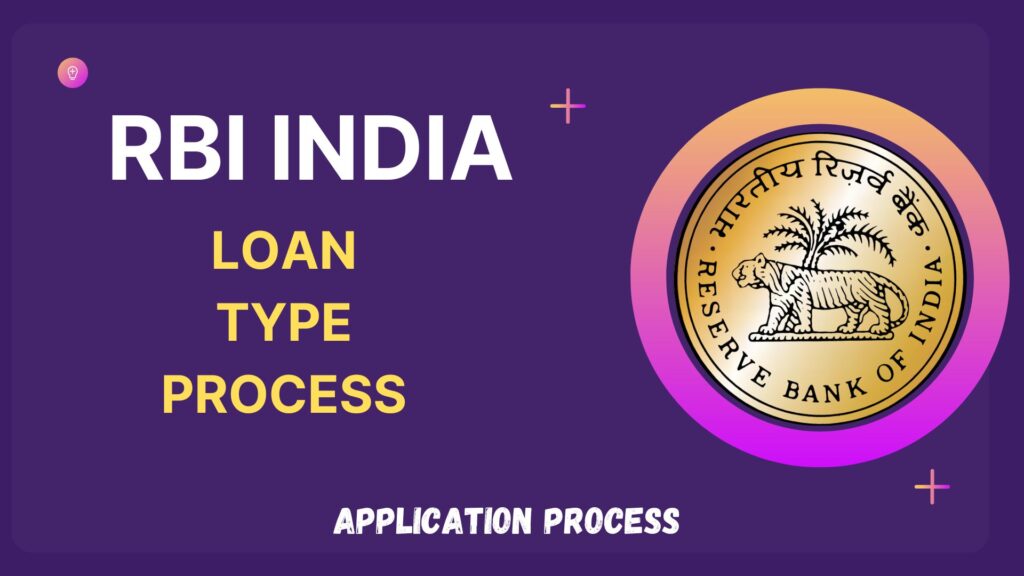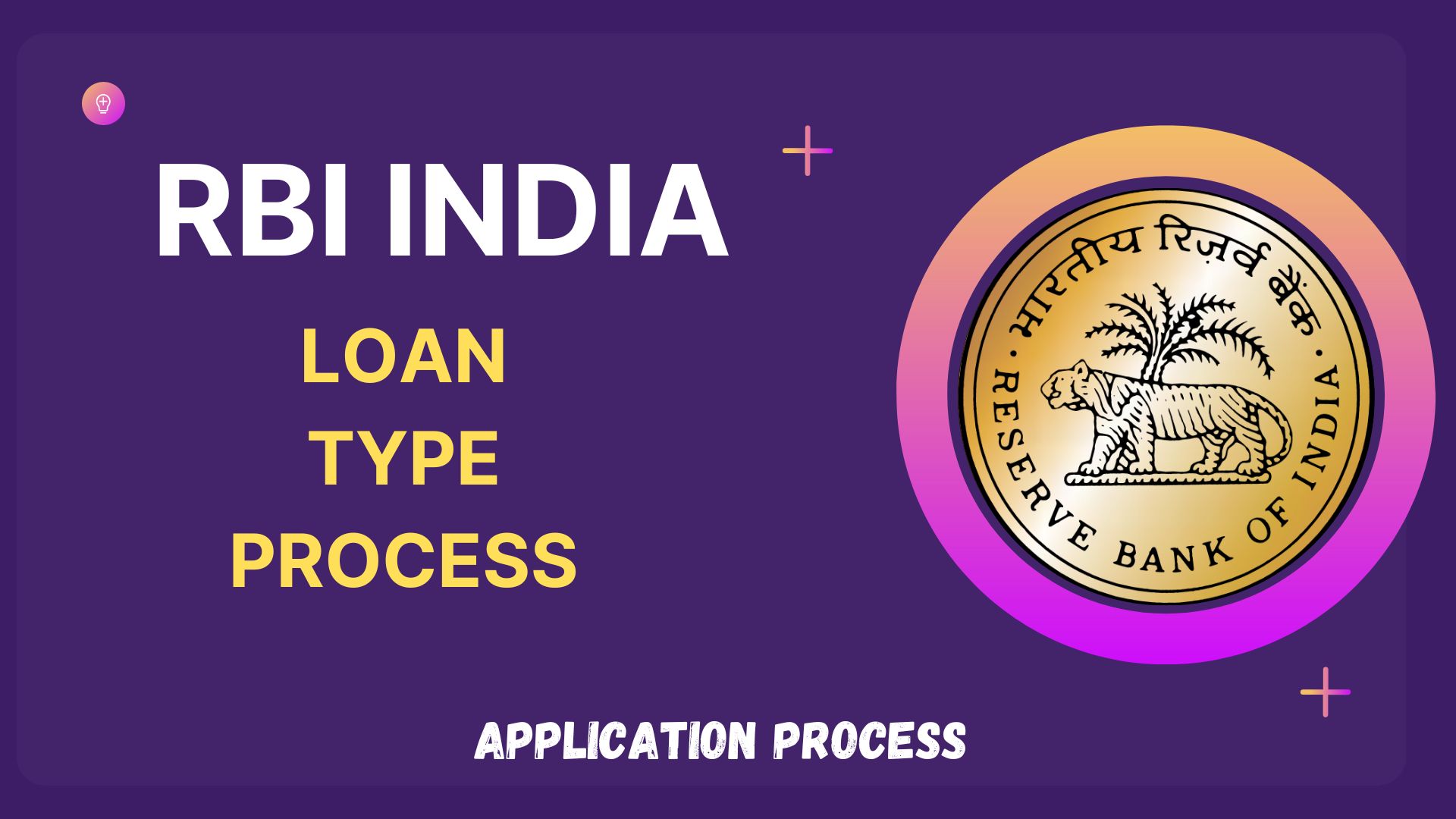The Reserve Bank of India (RBI) plays a vital role in regulating the monetary policies of India and maintaining the stability of the country’s financial system. One of the key functions of the RBI is to provide loans to various sectors in order to promote economic growth, financial inclusion, and development.
RBI loans are designed to cater to the diverse needs of individuals, businesses, agricultural sectors, and micro, small, and medium enterprises (MSMEs). These loans are aimed at fostering economic activity, addressing specific sectoral requirements, and supporting priority sectors identified by the RBI.

Eligibility criteria for RBI loans vary depending on the type of loan and the borrower category. Individual borrowers, business enterprises, agricultural sector participants, and MSMEs have specific eligibility requirements, which may include factors such as creditworthiness, income, collateral, and adherence to regulatory guidelines.
Types of RBI loans cover a wide range of sectors and purposes. Some common types include:
- Priority Sector Lending (PSL): Loans provided to sectors identified as priority areas by the RBI, such as agriculture, micro-enterprises, education, housing, and renewable energy.
- Agricultural Loans: Loans tailored to meet the specific financial requirements of farmers, agricultural activities, and rural development initiatives.
- MSME Loans: Financial support provided to micro, small, and medium enterprises for their growth, expansion, and working capital requirements.
- Infrastructure Financing: Loans directed towards infrastructure projects, including transportation, energy, telecommunications, and urban development.
- Export Financing: Loans offered to facilitate export activities and enhance India’s international trade.
- Housing Loans: Loans designed to assist individuals in purchasing or constructing residential properties.
- Education Loans: Financial assistance provided for higher education expenses, including tuition fees, accommodation, and related costs.
- Loan Restructuring Schemes: Special loan schemes introduced by the RBI to support borrowers facing financial difficulties, allowing for loan restructuring and repayment rescheduling.
The application process for RBI loans typically involves identifying the appropriate loan category, gathering the necessary documents, approaching authorized lending institutions (such as banks and non-banking financial companies), filling out the application form, and undergoing a comprehensive loan processing and verification procedure. Once the loan is approved, the disbursement of funds takes place, and the borrower is responsible for timely repayment.
RBI loans have a significant impact on India’s economy. They promote financial inclusion by providing access to credit for individuals and businesses that may otherwise face challenges in obtaining loans. These loans also play a crucial role in driving economic growth, supporting specific sectors, managing inflation, and facilitating infrastructure development.
To increase the chances of securing an RBI loan, individuals and businesses should maintain a good credit score, understand the loan requirements, prepare a comprehensive business plan (if applicable), seek professional guidance, and ensure timely repayment of existing loans.
Overall, RBI loans serve as a catalyst for economic development, helping individuals and businesses achieve their financial goals and contribute to the growth of the Indian economy.
Introduction
The Reserve Bank of India (RBI) plays a crucial role in regulating India’s monetary policies and ensuring the stability of the financial system. One of its significant initiatives is providing loans to various sectors to stimulate economic growth. In this article, we will delve into the details of RBI loans, including eligibility criteria, different loan types, and the application process. Additionally, we will explore the impact of RBI loans on India’s economy and provide insights into optimizing your loan application for success.
Eligibility Criteria
1.1 Individual Borrowers
1.2 Business Enterprises
1.3 Agricultural Sector
1.4 Micro, Small, and Medium Enterprises (MSMEs)
1.5 Other Eligibility Factors
Types of RBI Loans
2.1 Priority Sector Lending (PSL)
2.2 Agricultural Loans
2.3 Micro, Small, and Medium Enterprise (MSME) Loans
2.4 Infrastructure Financing
2.5 Export Financing
2.6 Housing Loans
2.7 Education Loans
2.8 Loan Restructuring Schemes
RBI Loan Application Process
3.1 Identifying the Right Loan
3.2 Gathering Required Documents
3.3 Approaching Authorized Lending Institutions
3.4 Filling out the Application Form
3.5 Loan Processing and Verification
3.6 Sanction and Disbursement
Impact of RBI Loans on the Economy
4.1 Enhancing Financial Inclusion
4.2 Promoting Economic Growth
4.3 Boosting Specific Sectors
4.4 Managing Inflation
Tips for Successful RBI Loan Applications
5.1 Maintain a Good Credit Score
5.2 Understand the Loan Requirements
5.3 Prepare a Comprehensive Business Plan
5.4 Seek Professional Guidance
5.5 Timely Loan Repayment
Conclusion
Recap the key points discussed in the article and emphasize the importance of RBI loans for individuals, businesses, and the overall economy. Provide a final thought on the future prospects of RBI loans and their role in India’s economic development.

I loved as much as you will receive carried out right here. The sketch is attractive, your authored material stylish. nonetheless, you command get got an edginess over that you wish be delivering the following. unwell unquestionably come more formerly again as exactly the same nearly very often inside case you shield this increase.